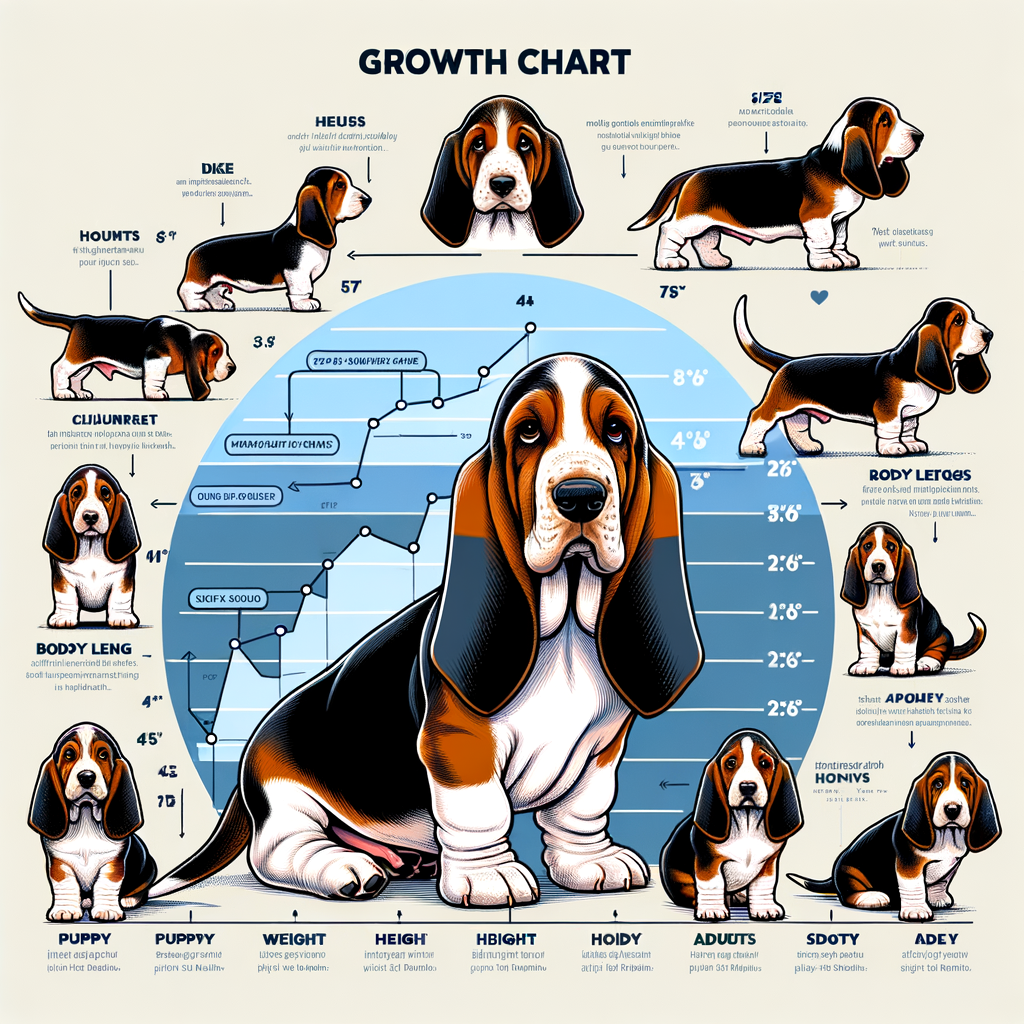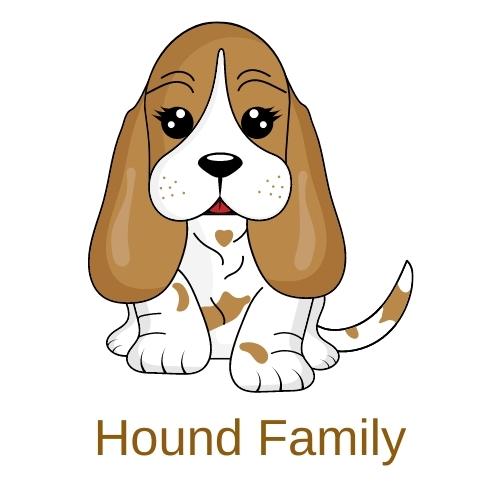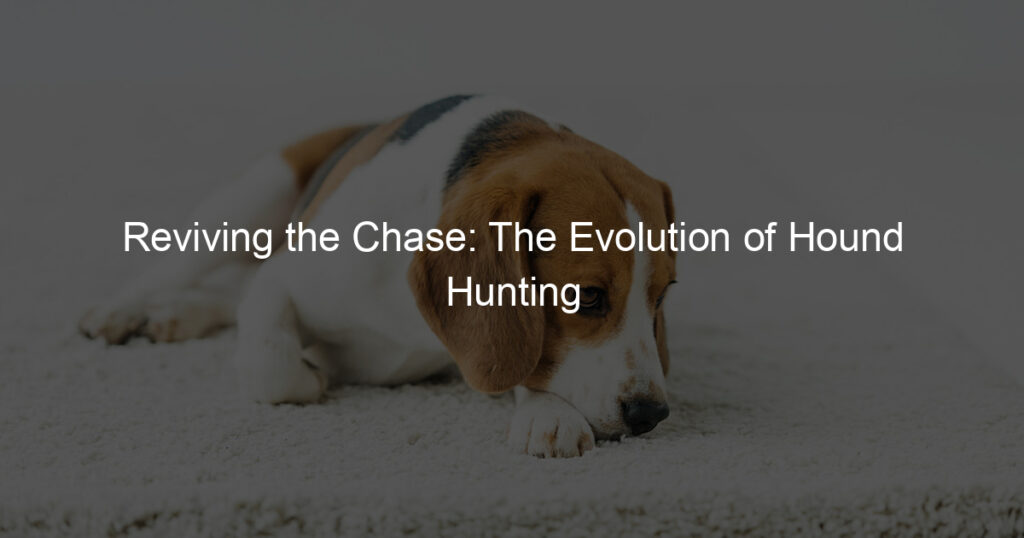
Introduction to Basset Hound Size
When it comes to understanding the unique characteristics of the Basset Hound, size plays a significant role. This breed is known for its distinctive physical traits, and understanding their size can help you better care for these lovable dogs.
-
Overview of Basset Hound Size
The Basset Hound is a medium to large-sized breed, with males typically weighing between 50-65 pounds and females weighing between 45-60 pounds. Despite their relatively heavy weight, they are not tall dogs. In fact, they are known for their short, stocky stature, with most standing at a height of 12-15 inches at the shoulder.
What makes the Basset Hound’s size unique is their body structure. They have a long body, short legs, and a large head, giving them a distinctive appearance that is instantly recognizable.
-
Importance of Understanding Basset Hound Size
Understanding the size of a Basset Hound is crucial for several reasons. First, it can help you provide the right amount of food and exercise for your dog. Basset Hounds are prone to obesity, so knowing their size can help you manage their weight effectively.
Second, understanding their size can help you create a comfortable living environment for your Basset Hound. For example, they will need a bed that can accommodate their long body and a space where they can move around comfortably.
Lastly, knowing the size of a Basset Hound can help you understand their health needs. Basset Hounds are prone to certain health issues related to their size and structure, such as hip dysplasia and ear infections. By understanding their size, you can be more proactive in managing these potential health issues.
Basset Hound Physical Traits
One of the most distinctive features of a Basset Hound is its size. This breed is known for its unique body structure, which includes its height. Let’s delve into the details of a Basset Hound’s height.
Basset Hound Height
The height of a Basset Hound is an important physical trait that sets it apart from other breeds. It is essential to understand the average height range and the factors that can influence it.
- Average Height Range
- Factors Influencing Height
The average height of a Basset Hound can vary, but it typically ranges between 11 to 15 inches at the shoulder. This height makes them one of the shortest breeds, but don’t let their short stature fool you. Basset Hounds are sturdy and strong, capable of impressive feats of endurance.
Several factors can influence the height of a Basset Hound. Genetics play a significant role, as the height of the parents can often determine the height of the offspring. Nutrition is another crucial factor. A well-balanced diet can support healthy growth and development. Exercise can also contribute to a Basset Hound’s height. Regular physical activity helps to promote strong and healthy bones.
In conclusion, the height of a Basset Hound is a defining characteristic of this breed. Understanding the average height range and the factors that can influence it can help you better care for your Basset Hound.
Basset Hound Length
One of the most striking physical traits of a Basset Hound is its length. This characteristic is not only unique but also contributes significantly to their overall charm and appeal. Let’s delve into the details of a Basset Hound’s length.
- Average Length Range
- Factors Influencing Length
A typical Basset Hound measures between 28 to 34 inches in length from the tip of its nose to the end of its tail. This measurement is a general range and can vary slightly based on individual dogs. The length of a Basset Hound is one of the factors that make them easily recognizable and distinct from other breeds.
Several factors can influence the length of a Basset Hound. These include genetics, diet, and overall health. Basset Hounds that come from a lineage of longer dogs are likely to be longer themselves. A balanced diet and good health also contribute to the optimal growth of a Basset Hound, impacting its length.
Understanding the length of a Basset Hound can help you better care for your pet. It can guide you in providing the right amount of exercise and diet to maintain their health and well-being. Remember, every Basset Hound is unique, and their length can vary. The most important thing is to love and care for your Basset Hound, regardless of their size.
Basset Hound Weight
One of the most distinctive features of a Basset Hound is its weight. These dogs are quite heavy for their size, which is something you should be aware of if you’re considering bringing one into your home. Let’s delve into the details of a Basset Hound’s weight.
- Average Weight Range
- Factors Influencing Weight
- Genetics: Just like humans, dogs can inherit genes that make them more prone to gaining weight. If a Basset Hound’s parents were heavy, it’s more likely that the dog will also be heavy.
- Diet: The type and amount of food a Basset Hound eats can greatly impact its weight. Feeding your dog a balanced diet and controlling portion sizes can help maintain a healthy weight.
- Exercise: Basset Hounds are not the most active breed, but they still need regular exercise to stay healthy. Regular walks and playtime can help keep your Basset Hound’s weight in check.
- Health Conditions: Certain health conditions, like hypothyroidism, can cause weight gain in Basset Hounds. Regular vet check-ups can help identify and manage these conditions.
A typical Basset Hound weighs between 40 to 65 pounds. This range applies to both males and females, although males can sometimes be slightly heavier. Remember, these figures are averages, and your Basset Hound’s weight may be slightly more or less depending on various factors.
Several factors can influence the weight of a Basset Hound. These include:
Understanding the factors that influence your Basset Hound’s weight can help you take the necessary steps to ensure your dog stays healthy. Remember, a healthy weight is crucial for your dog’s overall health and well-being.
Basset Hound Growth Chart
One of the most important aspects of raising a Basset Hound is understanding their growth chart. It helps you monitor their development and ensure they are growing healthily. Let’s dive into the details.
- Understanding the Basset Hound Growth Chart
- Stages of Basset Hound Growth
- Puppy Stage (0-6 months): This is a period of rapid growth. Puppies need a diet rich in protein to support their development.
- Juvenile Stage (6-12 months): Growth slows down during this stage, but your Basset Hound will still be gaining weight.
- Adult Stage (1-2 years): By this time, your Basset Hound should have reached their full height and will continue to fill out.
- How to Use the Growth Chart
The Basset Hound growth chart is a tool that provides an estimate of your pup’s adult weight based on their current age and weight. It’s important to remember that every Basset Hound is unique, and their growth can be influenced by factors such as diet, exercise, and genetics.
Here’s a simple table to give you a general idea:
| Age (months) | Estimated Weight (lbs) |
|---|---|
| 3 | 20-25 |
| 6 | 35-40 |
| 9 | 45-50 |
| 12 | 55-60 |
Basset Hounds typically reach their full height by about one year of age but continue to fill out and gain weight until about two years old. Here are the main stages of Basset Hound growth:
Using the growth chart is simple. Just find your Basset Hound’s age on the chart and look across to see the estimated weight. Remember, these are just estimates. If you’re concerned about your Basset Hound’s growth, it’s always best to consult with a veterinarian.
Understanding your Basset Hound’s growth chart and stages of development can help you provide the best care for your furry friend. Remember, every dog is unique, and it’s the love and care you provide that truly makes a difference.
Basset Hound Body Structure
The Basset Hound is a breed that stands out due to its unique body structure. This breed is known for its distinctive physical characteristics that make it easily recognizable. Let’s delve deeper into the unique characteristics of the Basset Hound’s body structure.
Unique Characteristics of Basset Hound Body Structure
The Basset Hound’s body structure is unique and distinctive. There are three main characteristics that make a Basset Hound stand out from other breeds:
- Short Legs: The Basset Hound is known for its short legs. Despite their small stature, these dogs are incredibly sturdy. Their legs are strong and muscular, allowing them to move with surprising speed and agility. The short legs of the Basset Hound are a result of a form of dwarfism called achondroplasia.
- Long Ears: Another unique characteristic of the Basset Hound is its long ears. Their ears are not just long, but also extremely soft to the touch. These long ears do not just add to the Basset Hound’s unique appearance, but they also serve a purpose. When a Basset Hound lowers its head to sniff the ground, the ears help to trap and hold scents closer to their nose.
- Large Body: Despite their short legs, Basset Hounds have a large, elongated body. They are heavier than they appear, with adult males typically weighing between 55 and 75 pounds and females between 45 and 65 pounds. This large body is supported by a strong bone structure, making them quite resilient.
These unique characteristics not only give the Basset Hound its distinctive look but also contribute to its abilities and behavior. Understanding these characteristics can help owners better care for their Basset Hounds and appreciate their unique qualities.
How Body Structure Affects Basset Hound Size
The body structure of a Basset Hound greatly influences its size. The breed’s unique characteristics, such as their short legs and large body, play a significant role in determining their height, length, and weight. Let’s delve deeper into how these factors affect the Basset Hound’s size.
- Impact of Body Structure on Height and Length
- Impact of Body Structure on Weight
The Basset Hound is known for its short legs and long body. These traits are a result of a genetic condition known as chondrodysplasia, which affects the development of their bones. Despite their short stature, Basset Hounds are surprisingly long. Their length is primarily due to their large body and elongated spine. On average, a Basset Hound can reach a length of up to 15 inches, while their height ranges between 11 to 15 inches at the shoulder.
When it comes to weight, Basset Hounds are quite heavy for their size. This is largely due to their large body and dense bone structure. These dogs are muscular and heavier than they appear. A healthy adult Basset Hound typically weighs between 50 to 65 pounds. However, due to their love for food and tendency towards laziness, they can easily become overweight if not properly managed.
In conclusion, the unique body structure of Basset Hounds significantly impacts their size, making them one of the most distinctive breeds in the dog world. Understanding these aspects of their body structure can help owners better care for their Basset Hounds, ensuring they maintain a healthy weight and size.
Basset Hound Breed Information
The Basset Hound is a breed that is known for its distinctive physical appearance and friendly nature. In this section, we will delve into the history of the breed, common health issues, and how to care for and maintain a Basset Hound.
- History of the Basset Hound Breed
- Common Health Issues
- Care and Maintenance
The Basset Hound originated in France in the 1500s. This breed was developed for hunting small game, thanks to their excellent sense of smell – second only to the Bloodhound. The Basset Hound we know today was refined in the 19th century to hunt rabbit and hare. The breed was later brought to America, where it gained popularity for its distinctive look and friendly personality.
Basset Hounds, like any breed, are prone to certain health issues. Some of the most common include obesity, ear infections, and hip and elbow dysplasia. It’s important to keep an eye on your Basset Hound’s weight, as obesity can lead to other health problems. Regular vet check-ups can help catch any potential issues early.
Caring for a Basset Hound requires regular exercise to maintain a healthy weight. Their long ears need to be cleaned regularly to prevent infections. Basset Hounds also require regular grooming due to their short, dense coat. Despite their laid-back nature, they are a social breed and enjoy spending time with their family. Regular interaction and playtime are essential for their mental well-being.
| Characteristic | Details |
|---|---|
| Origin | France |
| Size | Medium |
| Life Span | 10-12 years |
| Exercise Requirement | Moderate |
| Grooming Level | Moderate |
In conclusion, Basset Hounds are a unique and lovable breed. With the right care, they can make a wonderful addition to any family.
Conclusion: Embracing the Basset Hound Size
As we conclude our exploration of the Basset Hound size, it’s clear that this breed’s unique size and structure are part of what makes it so special. It’s important to appreciate these traits while also ensuring the healthy growth and development of your Basset Hound.
- Appreciating the Unique Size and Structure
- Ensuring Healthy Growth and Development
The Basset Hound is a breed like no other. Their short legs, long body, and droopy ears make them stand out in any crowd. This unique size and structure not only contribute to their charm but also serve a purpose. Their short stature allows them to be excellent scent hounds, able to track scents close to the ground. Their long body provides them with the necessary strength and endurance for long hunts. Embracing the Basset Hound size means understanding and appreciating these unique characteristics.
While the Basset Hound’s size and structure are unique, it’s important to ensure they grow and develop healthily. This means providing them with a balanced diet, regular exercise, and regular vet check-ups. Basset Hounds are prone to obesity due to their love for food and their less active nature. Therefore, it’s crucial to monitor their weight and ensure they get enough exercise. Regular vet check-ups will also help detect any potential health issues early. By taking these steps, you can ensure your Basset Hound grows and develops healthily, living a long and happy life.
In conclusion, embracing the Basset Hound size involves appreciating their unique size and structure while ensuring their healthy growth and development. By doing so, you can enjoy the company of this charming and lovable breed for many years to come.








